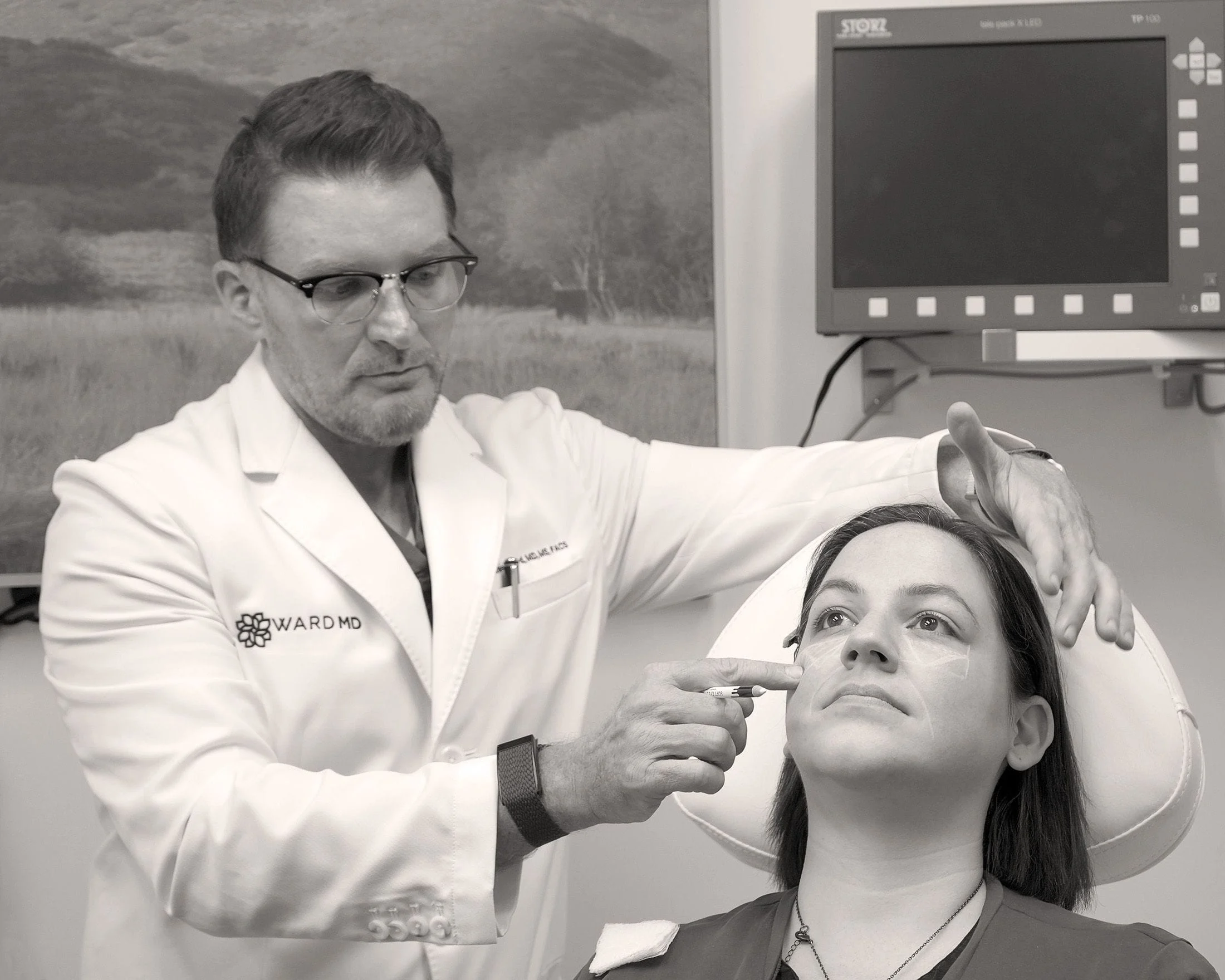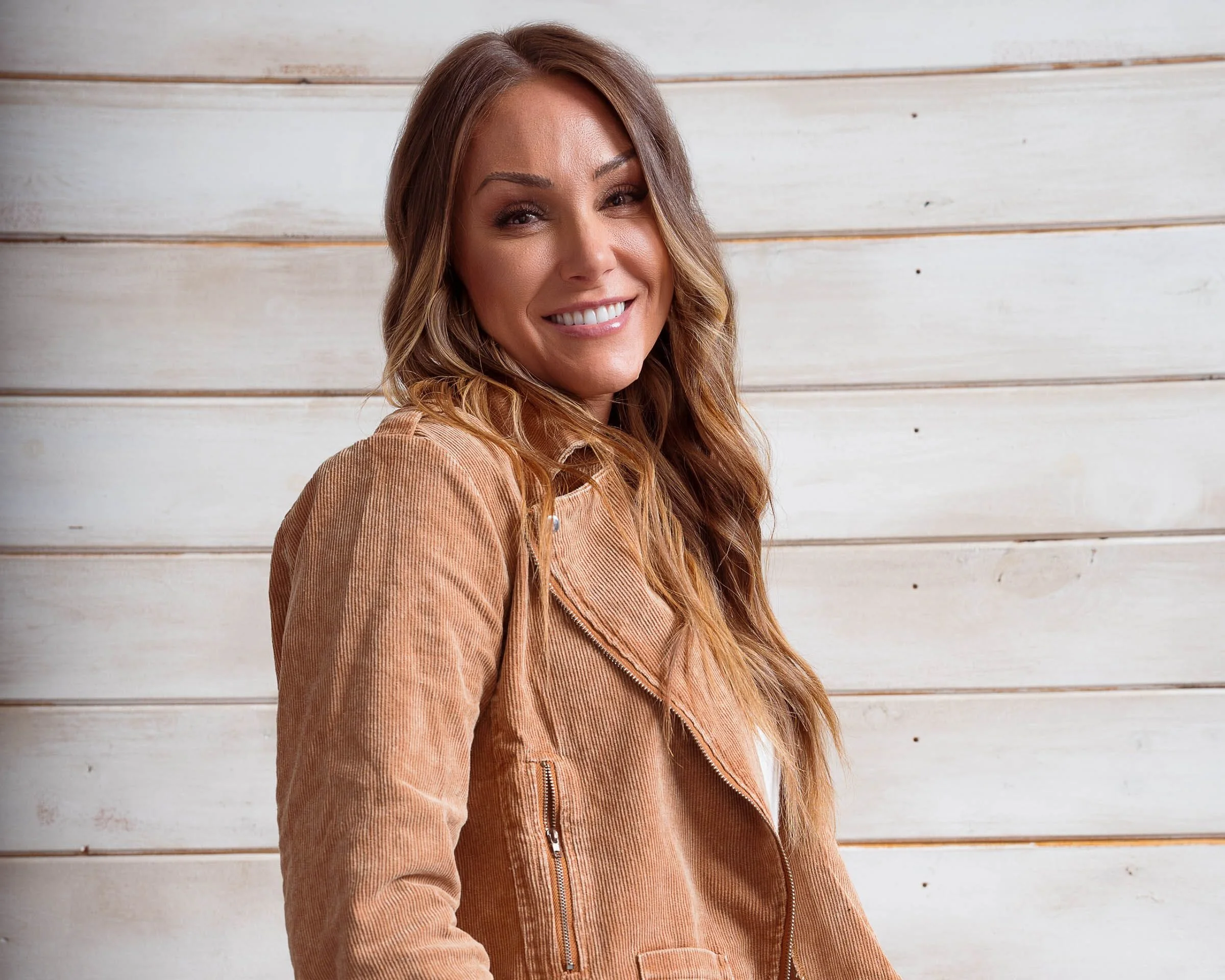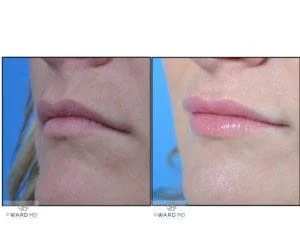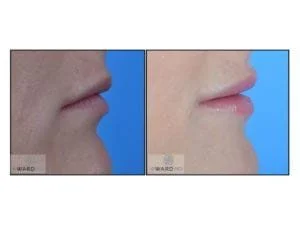Utah’s Leading Dermal Fillers Clinic
Are you looking to restore volume and enhance your natural beauty? Dermal fillers may be the solution you've been searching for. Our clinic specializes in providing safe and effective dermal filler treatments that can help you achieve a more youthful and refreshed appearance. Dermal fillers work by adding volume to areas that have lost their fullness due to the aging process, resulting in a more youthful and natural-looking appearance. Whether you're looking to enhance your lips, fill in deep wrinkles and folds, or restore volume to your cheeks, our experienced medical professionals can provide customized solutions to help you achieve your desired results. We use only the highest quality dermal fillers and the latest techniques to ensure optimal results with minimal discomfort and downtime. Contact us today to schedule a consultation and discover how dermal fillers can help you achieve the beautiful and natural-looking results you deserve.
What is Dermal Fillers?
What Are Dermal Fillers And How Do They Work?
Dermal fillers are used for a variety of facial aesthetic treatments and are injected into the skin. They are designed to reduce the appearance of unwanted wrinkles, contour and create volume. Dermal fillers are based on Hyaluronic acid which is a substance that naturally exists in your body.
Dermal fillers work by boosting the skin’s supply of hyaluronic acid, instantly diminishing the appearance of lines and wrinkles, and giving a natural softer look.
Dermal fillers can be used to smooth away facial lines and wrinkles, create fuller lips and shape facial contours, such as cheeks and chin, and revitalize the skin.
The most common areas treated are:
- Under eyes
- Nasolabial folds
- Cheeks
- Lips
- Nose contouring
Form Spa provides dermal filler injections in our Cottonwood Heights office which proudly serves Sandy, Holladay, Salt Lake City, Draper, and the surrounding areas.

Who Is An Ideal Candidate For Dermal Fillers?
A good candidate for dermal filler treatment is typically an individual who is looking to restore volume and smooth out lines and wrinkles in their face. Candidates may have mild to moderate facial aging, such as fine lines, wrinkles, or volume loss due to aging, sun exposure, or other environmental factors. Additionally, candidates should be in good overall health, have realistic expectations of the procedure's outcome, and be willing to follow the physician's post-treatment instructions. Good candidates for dermal filler treatment should also have no history of severe allergies or adverse reactions to cosmetic injectables, and they should not be pregnant or breastfeeding. Ultimately, the decision to undergo dermal filler treatment should be made in consultation with a qualified physician who can assess the individual's needs and provide guidance on the best treatment options for their specific concerns.
Dr. Ward has years of training with facial fillers and is an expert in their use. Every droplet of filler, whether it is Juvederm, Restylane, Juvederm Ultra, Restylane Silk, Radiesse, or any number of other injectables, is a tool that Dr. Ward uses to produce natural, but real results. The use of fillers is a common way to treat the volume loss and wrinkles that occur as we age. The most commonly used fillers are made of hyaluronic acid, but many other types of filler agents can be safely utilized.
PROCEDURE DESCRIPTION
Dr. Ward has years of training with facial fillers and is an expert in their use. Every droplet of filler, whether it is Juvederm, Restylane, Juvederm Ultra, Restylane Silk, Radiesse, or any number of other injectables, is a tool that Dr. Ward uses to produce natural, but real results.
Facial filler treatment can be performed in the office setting using topical or local anesthesia.
Using the body’s own fat is another way to improve facial volume loss and treat wrinkles. The advantages of fat transfer are (1) it uses the body’s own natural tissue and (2) it has the potential to be permanent. The fat that lives after it is injected will stay in place forever. The fat is usually harvested from the abdomen or thighs and then injected to the area of concern on the face.
The procedure is usually performed under sedation and takes about 45 minutes to perform.
The procedural steps for a physician performing dermal filler treatment typically involve a consultation, preparation, injection, and aftercare. During the consultation, the physician will discuss the individual's goals, expectations, and medical history to determine the most appropriate treatment plan. Before the procedure, the treatment area will be cleansed and numbing cream may be applied to minimize discomfort. The physician will then inject the dermal filler into the targeted areas using a fine needle or cannula, depending on the treatment area and the individual's needs. The physician will typically massage the treatment area to ensure the filler is evenly distributed and blended with the surrounding tissues. After the injection, the physician will provide aftercare instructions and recommend any necessary follow-up appointments. Patients may experience some swelling, redness, or bruising in the treatment area, but these side effects usually resolve within a few days. Overall, the dermal filler procedure is relatively quick and straightforward, with minimal downtime and minimal discomfort.
RECOVERY PROCESS
The recovery process from a dermal filler treatment is generally mild and straightforward. Immediately following the procedure, patients may experience some mild swelling, redness, or bruising in the treated area. These side effects typically resolve within a few days, and patients can resume normal activities shortly after the treatment. Patients are advised to avoid touching or rubbing the treatment area and to avoid exposure to direct sunlight or extreme temperatures for at least 24 hours. Additionally, patients should avoid strenuous exercise or activities that may increase blood flow to the treatment area for at least 24 hours following the procedure. The effects of the dermal filler treatment typically last between 6 to 18 months, depending on the type of filler used and the individual's response to the treatment. Overall, the recovery process from dermal filler treatment is generally well-tolerated, with minimal downtime and few side effects.
The recovery is usually 5-7 days and there may be bruising and swelling.

Dermal Fillers RESULTS
Patients can expect to see immediate results following a dermal filler treatment, with continued improvement over the next few days as any initial swelling or bruising subsides. The final results of the treatment typically last between 6 to 18 months, depending on the type of filler used and the individual's response to the treatment. Patients may require additional treatments to maintain the desired results beyond this timeframe. The number of treatments needed will depend on the individual's goals, the extent of their concerns, and the specific filler used. Generally, patients can expect natural-looking, subtle enhancements that smooth out fine lines and wrinkles, restore lost volume, and improve the overall appearance of the treated area. With proper aftercare and maintenance, the results of dermal filler treatment can last for several months, providing a refreshed and rejuvenated appearance.
The recovery is usually 5-7 days and there may be bruising and swelling.
TESTIMONIALS

Dermal Fillers FAQ
Dermal fillers are injectable substances that are used to restore volume, smooth out wrinkles, and enhance facial contours. They are commonly made of hyaluronic acid, a naturally occurring substance in the body that helps maintain moisture and elasticity in the skin. Dermal fillers can provide temporary results by filling in lines and wrinkles or adding volume to areas of the face.
Dermal fillers can be used in various areas of the face, including:
- Nasolabial folds (lines that run from the nose to the corners of the mouth)
- Marionette lines (lines that run from the corners of the mouth to the chin)
- Lips (to enhance volume or shape)
- Cheeks (to restore volume and enhance contour)
- Under-eye hollows or tear troughs
- Chin (to improve definition or balance facial proportions)
- Jawline (to create a more defined and contoured appearance)
These are some common areas, but the specific treatment areas may vary depending on individual needs and goals.
There are different types of dermal fillers available, and the most common ones include:
- Hyaluronic acid fillers: These are the most widely used dermal fillers and include brands like Juvederm, Restylane, and Belotero. Hyaluronic acid fillers are versatile and can be used to address a variety of concerns, from fine lines to deep wrinkles and volume loss.
- Calcium hydroxylapatite fillers: One popular brand in this category is Radiesse. These fillers stimulate collagen production and provide longer-lasting results compared to hyaluronic acid fillers.
- Poly-L-lactic acid fillers: Sculptra is an example of a poly-L-lactic acid filler. It works by stimulating collagen production over time and is often used for restoring volume in larger areas of the face.
- Polymethylmethacrylate (PMMA) fillers: Bellafill is a PMMA filler that contains microspheres suspended in a collagen gel. It provides both immediate and long-term results by stimulating collagen production while providing immediate volume.
- Autologous fat injections: In this approach, fat is harvested from one part of the body, processed, and then injected into the desired areas of the face to restore volume and smooth wrinkles.
The choice of filler depends on various factors, including the treatment area, desired outcomes, and individual preferences. Your healthcare provider can recommend the most suitable type of filler for your specific needs.
The duration of results from dermal fillers can vary depending on the type of filler used, the treatment area, and individual factors. In general, hyaluronic acid fillers provide temporary results that can last from 6 to 18 months. Calcium hydroxylapatite fillers may last around 12 to 18 months. Poly-L-lactic acid fillers stimulate collagen production and can have results that last up to 2 years. PMMA fillers with microspheres can provide longer-lasting effects, with results lasting up to 5 years.
It's important to note that these durations are approximate, and individual experiences may vary. Factors such as the rate of filler metabolism by the body, lifestyle choices, and the amount of filler used can influence the longevity of results. To maintain the desired outcome, follow-up treatments may be necessary.
During a dermal filler treatment, you can expect the following:
- Consultation: Your healthcare provider will evaluate your concerns, discuss your goals, and assess your eligibility for the treatment. They will explain the procedure, potential risks, and expected outcomes.
- Preparation: The treatment area may be cleaned and a topical numbing cream or local anesthesia may be applied to ensure your comfort.
- Injection: Using a fine needle or cannula, the filler will be injected into the targeted areas. Your provider will carefully control the amount and depth of the injections to achieve the desired results.
- Assessment: Throughout the procedure, your provider will assess the symmetry and balance of the treated areas to ensure optimal outcomes.
- Post-treatment care: After the injections, you may be provided with instructions on how to care for the treated area, including avoiding excessive pressure, heat, or extreme cold. You may also be advised to avoid certain medications or activities that can increase the risk of complications.
The entire treatment process is usually completed within a short duration, depending on the areas being treated and the number of injections required.
The level of discomfort experienced during a dermal filler treatment can vary from person to person. Most dermal fillers contain a local anesthetic, such as lidocaine, to help minimize discomfort during the procedure. Additionally, your healthcare provider may apply a topical numbing cream or use ice packs to further enhance your comfort.
While some individuals may feel a slight pinch or stinging sensation during the injections, any discomfort is usually well-tolerated. If you have concerns about pain or discomfort, discuss them with your healthcare provider who can take steps to ensure your comfort during the treatment.
While dermal fillers are generally safe, there are potential side effects that you should be aware of. These may include:
- Temporary redness, swelling, or bruising at the injection site
- Tenderness or discomfort
- Lumps, bumps, or irregularities in the treated area
- Itching or skin discoloration
- Allergic reactions (such as hives or rash)
- Infection (rare)
- Vascular complications (such as occlusion of blood vessels, which is extremely rare but can lead to tissue damage)
If you experience any concerning side effects after a dermal filler treatment, it is important to contact your healthcare provider promptly. They can assess your symptoms and provide appropriate guidance and treatment if necessary.
Dermal filler treatments may not be suitable for everyone. It is important to avoid dermal fillers if you:
- Are pregnant or breastfeeding
- Have a history of severe allergies or anaphylaxis
- Have an active infection or inflammation in the treatment area
- Are taking certain medications that increase the risk of bleeding or bruising
- Have a known hypersensitivity to the filler or its components
- Have a bleeding disorder or are on blood-thinning medications
- Have unrealistic expectations or unstable psychological health
It is important to disclose your full medical history and any medications or supplements you are taking to your healthcare provider before undergoing a dermal filler treatment. They can assess your suitability and recommend appropriate alternatives or adjustments to ensure your safety.






